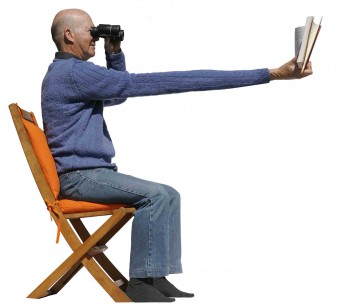- Know
- Love
- Create
The Spine and Vision: What Connection?

We often don't realize how closely the structure and function of the spine are linked to numerous pathologies. For instance, vision problems—who would think that the spine could be responsible for them?
Poor posture can lead to displacements of the cervical vertebrae, which often cause nerve compression and the development of various pathologies.
What happens to the back once these problems have already occurred?
The intervertebral discs between the vertebrae wear out and become deformed. This leads to conditions such as osteochondrosis, scoliosis, herniated discs, etc.
Deformed discs can compress blood vessels and restrict blood flow to the head. In the cervical region, there are arteries that supply the brain with blood. Blood flow is crucial as it provides oxygen and nutrients that are essential for both the brain and the eyes to function properly.
If blood flow is poor, vascular insufficiency can develop, potentially impairing cerebral blood flow and vision. The visual apparatus, located in the back part of the brain, is among the first to suffer from inadequate oxygen transport.
Nerve roots in the cervical spine can also be compressed. This means that not only is blood flow affected, but the nervous system, including the optic nerves, is directly impacted as well.
The cervical spine acts as a kind of "bridge" between the brain and the body, serving as a connecting link. With cervical osteochondrosis, vision is almost always compromised! Its impact on vision is a proven fact.
Early Signs of Cervical Osteochondrosis May Include:
- Flickering "flies" before the eyes
- Darkness and colored spots
- Blurred objects
- Double vision
- Reduced field of vision and sharpness
- Discomfort in the eyes, even pain
These symptoms should not be ignored.
Disruptions in blood flow and metabolism increase the risk of retinal degeneration and cataracts.
Muscle cramps in the eyes due to poor blood flow can impair the accommodation mechanism (sharpness of vision). Problems with internal eye pressure can lead to glaucoma.
Why It’s Important to Improve Both the Back and Eyes
Problems with the back or eyes are practically unavoidable for everyone. At any age, improvement is necessary.
However, the risk group includes those who are exposed to high visual stress. This includes people who spend the entire day at the computer, students, and of course, the elderly. In such cases, vision is doubly affected by excessive strain on both the back and the eyes.
If a person has back problems, they are already at risk for eye diseases. Conversely, when eye problems arise, it is important to ensure that vital resources like good blood flow to the head are maintained, which is impossible without a healthy back.
In our 5-Day-Intensivtraining Level I, we consider this connection and other interrelations and perform exercises for the whole body.




